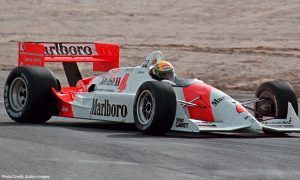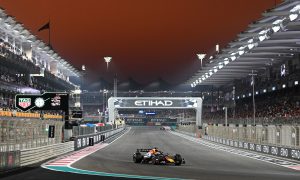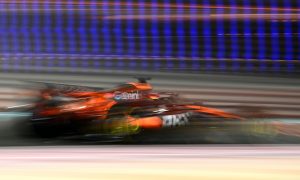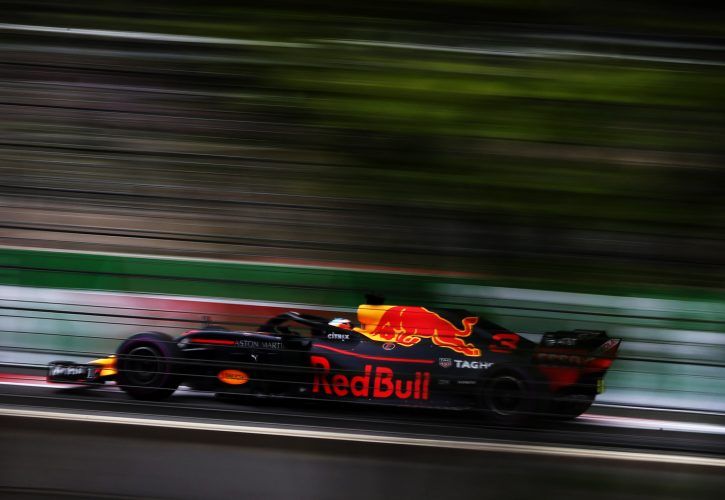
With the longest straight on the F1 trail, Baku's street circuit is the perfect venue to validate a car's top speed.
With Mercedes allowing all its engine users to dial in more power for longer during qualifying, one would expect a car powered by the German manufacturer's engine to top the readings.
In reality, this was and was not the case. For some odd reason, the principal speed trap was located on the shorter straight after Turn 2 rather than on the long 2.2km stretch along Neftchilar Avenue.
Esteban Ocon's Mercedes-powered Force India was fastest through the speed trap at 329 km/h, but focusing on the numbers recorded on the long straight, Daniel Ricciardo's Red Bull was comfortably fastest, with a speed of 341.8 km/h, a performance which speaks to the aerodynamic efficiency of his RB14.
Amazingly, Sauber's Ferrari-powered Charles Leclerc was just behind, but team mate Marcus Ericsson lingered at the bottom of the readings some 13 km/h slower than Leclerc, a disparity likely rooted in the different downforce settings between the two Sauber drivers' C37.
McLaren's MCL33, which has consistently been at the bottom of the top speed standings this season, appears to have benefitted somewhat from the team's aero changes.
Yesterday after qualifying, Lewis Hamilton commented on Ferrari's performance, putting down the Scuderia's advantage to the efficiency of the SF71-H's Drag Reduction System.
"They’ve shown they’ve been very quick on the straights," said the Mercedes driver.
"They’ve got a very strong DRS in particular, quite efficient DRS as far as I’m aware."
But looking at the speed trap readings, both Sebastian Vettel and Kimi Raikkonen are well down on Mercedes in terms of top speed. Take a look at the data Lewis…
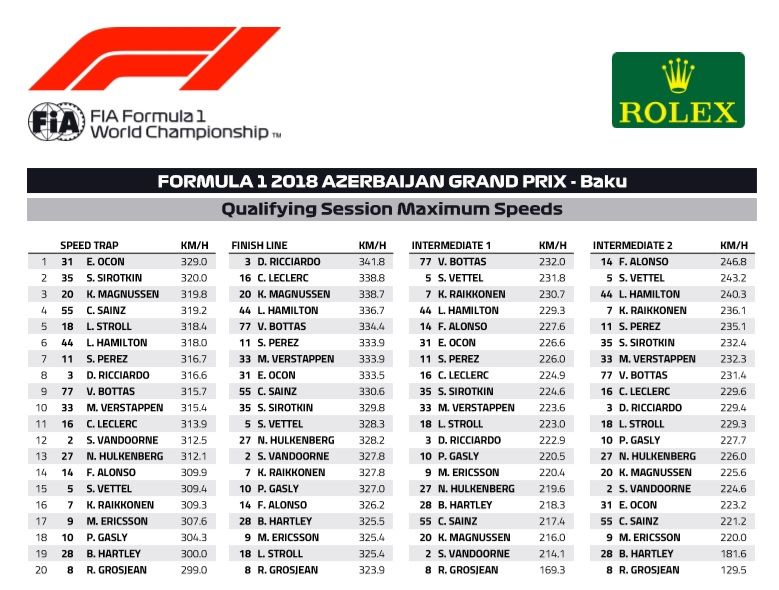
Gallery: The beautiful wives and girlfriends of F1 drivers
Keep up to date with all the F1 news via Facebook and Twitter



